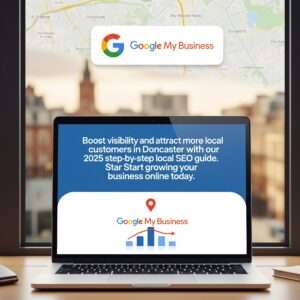Lucky you! The Facebook/Meta/Zuckerverse bots have identified that you have power; more specifically, the power to influence a large number of people through connections to your personal Facebook profile. Facebook Protect isn’t offered to everyone on Facebook – and it means that the page/s you have access to have the potential to cause national or international headaches if they were used in an improper way.
With great power comes great responsibility – and it’s now up to you to help secure your precious login – and if you don’t, Facebook will lock you out until you do.
You’re here hopefully because you or someone you know has received a message from ‘[email protected]’.
Why do I need to take additional steps to secure my account?
In all likelihood, you have access to a page (or several pages) with a large cumulative reach. Imagine if someone with bad intentions hacked your account and gained access to all of your connected resources.
What could that mean for your pages? What could that mean for YOU as the individual with ownership or access? This issue can and has closed businesses down before. So really, the Facebots are just looking out for you.
So this is for my protection too?
Yes! Facebook doesn’t want any budding social media manager or business owner to fall foul of hate speech, spam, or other horrible content which could have legal or HR implications for you or your team.
What do I need to do then?
Follow the instructions in the email sent to you. As always, be extra careful that any messages are genuinely from Facebook, and be very careful about entering passwords when following any link.
And take their email as a reminder that you have a responsibilty to your audience to only create content that you feel will add value, and help people.
Everything you publish online is making a big impact, clearly!
We hope you found this helpful. At BeMySocial, we specialise in helping businesses protect social media logins. We also create thousands of posts across Facebook, Linkedin, Instagram, Tiktok, Twitter and many more platforms. Our team are always on hand for a no obligation consultation to ensure that your social media efforts are set up and working in the right way.
Feel free to get in touch if you need any further help, assistance or advice!










